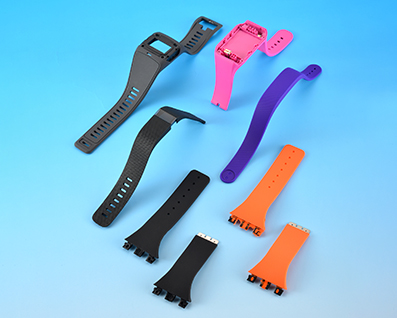The following is a brief introduction to the performance characteristics of epDM rubber strip by the liquid silica gel manufacturer:
Flexibility (elasticity) EPDM is more flexible than other types of synthetic rubber. However, except for natural rubber, the tensile strength (tensile strength) is still lower due to the arrangement of monomers in the polymer chain not formed. Make amorphous polymers. These tires do not crystallize. The tire has relatively low tensile strength and requires reinforcement additives to help. Has been reinforced to high or very low tire tensile strength, it just depends on what kind of prize and filler is used.
Tear resistance (tear strength) has been enhanced by a properly filled EPDM rubber which will be tear resistant. Especially at high temperatures the rubber is tear resistant similar to natural rubber.
Compression deformation of EPDM is very low, especially in rubber grades with ENB. At high doses and have been fixed with peroxide or sulfur can be formed by a group of high catalytic activity. Compressing a set of tires, but the still image with peroxide does not change much when the temperature increases, while compressing a set of tires is stable and sulfur will increase rapidly when the temperature does not rise.

EPDM rubber with dynamic characteristics (dynamic characteristics) has better dynamic characteristics and is highly resistant to fatigue. In particular, tires have been fixed with sulfur, which has dynamic properties similar to rubber's SBR. Resistance to aging (aging properties) EPDM rubber with double bonds in the molecule, so little rubber resists deterioration due to weather conditions, ozone, oxygen, sunlight and heat as well (better than rubber and SBR. NBR but inferior silicone rubber) and EPDM are resistant to chemicals caused by acid and alkali deterioration, too. This resistance to aging depends on existing epDM grades which have low diene diene molecules that are difficult to degrade. (therefore, there is no need to add anti-aging), but the diene rubber grade is quite high. May need to be replenished to prevent deterioration due to oxygen and sun exposure, however, all rubber grades are ozone resistant and very good. The silicone waterproof ring tells you that it is not necessary to fill ozone protection. The (anti-ozonant) entry into the system is stable, but has a direct effect on the durability of the media due to tire, heat and ozone conditions. Because the tire is fixed with peroxide that is heat and ozone stabilized above rubber with sulfur is highly resistant.